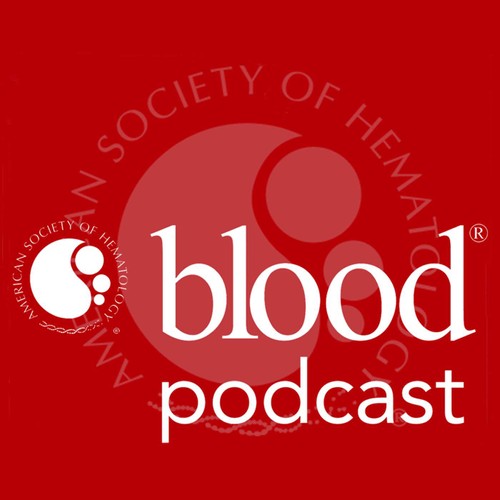
 Blood Podcast
Blood Podcast New insights on PU.1-mutated agammaglobulinemia; venetoclax-based induction therapy in younger AML patients; the link between ABO Blood groups and risk of future VTE
May 29, 2025
Discover groundbreaking insights into PU.1-mutated agammaglobulinemia, revealing how genetic mutations affect immune response and infection risks. Learn about the efficacy of venetoclax-based induction therapy in younger AML patients, offering a safer alternative to intensive chemotherapy. Dive into the intriguing connection between ABO blood groups and future venous thromboembolism risk, highlighting the role of an enzyme that influences blood type. These discussions shine a light on innovative treatments and genetic impacts in medicine.
AI Snips
Chapters
Transcript
Episode notes
PU.1 Haploinsufficiency Insights
- PU.1 haploinsufficiency leads to agammaglobulinemia and dendritic cell deficiencies, impairing humoral immunity.
- Human PU.1 loss-of-function variants cause infections but do not strongly increase leukemia risk.
Venetoclax Plus Decitabine in AML
- Venetoclax plus decitabine yields non-inferior remission rates and superior safety to intensive chemotherapy in young AML patients.
- This regimen shows particular benefit for adverse-risk patients and those over 40 years old.
Use Disease Biology for AML Therapy
- Further studies are needed to validate venetoclax-based induction and to determine optimal therapy duration.
- Consider disease biology over age alone when choosing induction therapy in AML.
